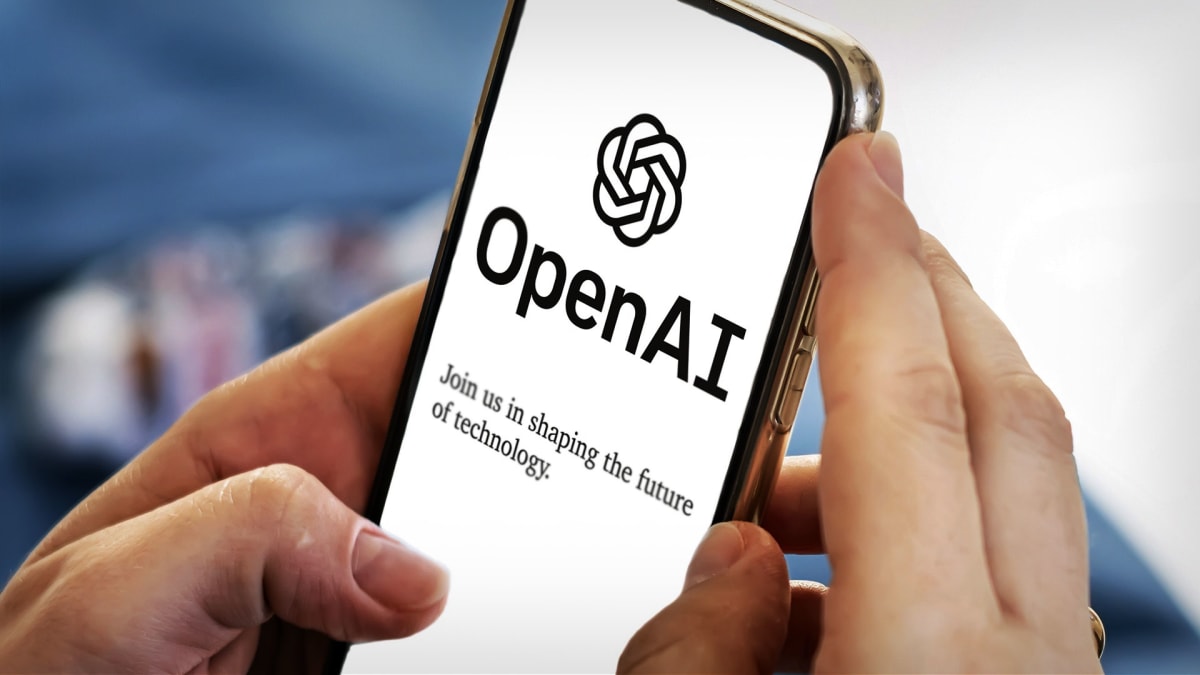
OpenAI's ChatGPT chatbot is either the next great example of artificial intelligence for consumer use or one of the opening salvos in the war between machines and humans, depending on who you ask.
While there are still concerns about whether a chatbot that sounds completely human will eventually lead to the creation of SkyNet, OpenAI is alleviating other concerns with a web-based tool designed to help humans detect machine-written text.
OpenAI released a free web-based tool that can detect AI generated text for educators to use to see if they're students are using ChatGPT to cheat.
But the tools is imperfect as "It has both false positives and false negatives," the company told Axios, while also saying that the tool should not be relied upon to determine authorship of a document alone.
An educator who suspects that the text is AI generated can plug that text into a box where the tool then rates how likely the text is to have been AI-generated.
Cheaters Beware
Students looking to use ChatGPT to cheat on their papers might want to think twice as the new OpenAI tool offers a five-point scale of results -- very unlikely to be AI-generated, unlikely, unclear, possible or likely.
It works best on text samples greater than 1,000 words and in English. Performance is "significantly worse" in other languages, Axios reported. The tool also can't distinguish computer code written by humans vs. AI.
The company said that it's also working on other tools to help distinguish AI text from words created by humans through means including watermarks.







